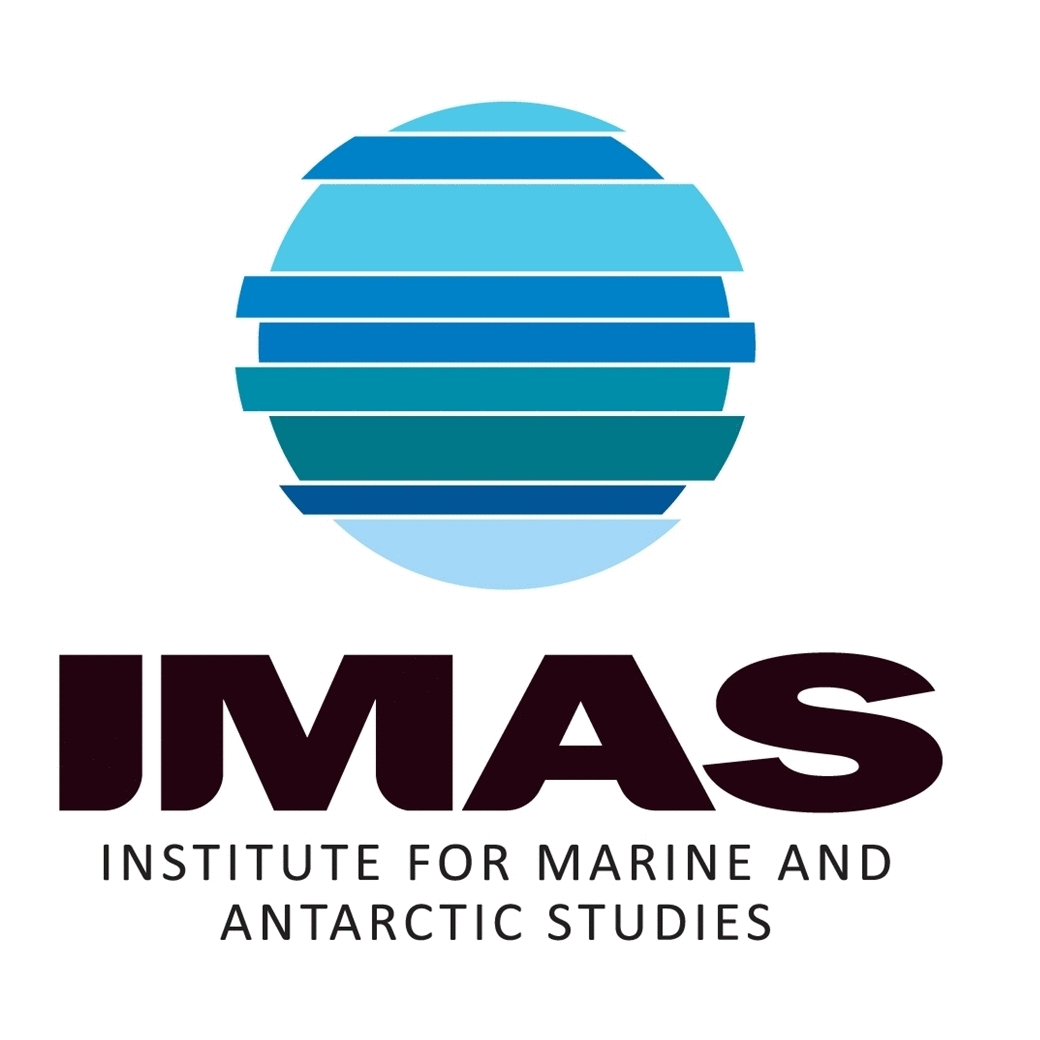NERP Marine Biodiversity Hub, Theme 1 - Flinders Commonwealth Marine Reserve Pilot Study - Autonomous Underwater Vehicle (AUV) Component
The Flinders CMR AUV survey was a pilot study undertaken in June 2013 as part of the National Marine Biodiversity Hub's National monitoring, evaluation and reporting theme. The aim of this theme is to develop a blueprint for the sustained monitoring of the South-east Commonwealth Marine Reserve Network. The particular aim of the survey was to contribute to an inventory of the distribution and cover of epibenthic biota in the reserve using IMOS AUV 'Sirius'.
Data contained here represents a scored subset of the ~ 36,700 images collected at the Flinders CMR. Images were scored for proportion cover of visible macrobiota using 25 random points superimposed on each image. Taxon were biologically classified using CATAMI ( http://catami.org/).
Simple
Identification info
- Date (Creation)
- 2016-02-09
Principal investigator
- Purpose
- The compile an inventory of the distribution and cover of epibenthic biota in the Flinders CMR.
- Credit
- National Environmental Research Program (NERP) Marine Biodiversity Hub
Point of contact
- Topic category
-
- Biota
Extent
))
Temporal extent
- Time period
- 2013-06-08 2013-06-10
Vertical element
- Minimum value
- 6
- Maximum value
- 164
- Identifier
- EPSG::5715
- Name
- MSL depth
- Maintenance and update frequency
- Not planned
- Keywords (Taxon)
-
- Bryozoa
- Cnidaria
- Echinodermata
- Porifera
- Hydrozoa
- Global Change Master Directory (GCMD) Earth Science Keywords Version 8.0
- Keywords (Discipline)
-
- Temperate Reef
- NERP Marine Biodiversity Hub Theme 1
Resource constraints
- Classification
- Unclassified
Resource constraints
- Linkage
-
http://i.creativecommons.org/l/by/4.0/88x31.png
License Graphic
- Title
- Creative Commons Attribution 4.0 International License
- Website
-
http://creativecommons.org/licenses/by/4.0/
License Text
- Other constraints
- Cite data as: Barrett N., Monk J. (2016). Flinders Commonwealth Marine Reserve Pilot Study - Autonomous Underwater Vehicle (AUV) Component. Institute for Marine and Antarctic Studies (IMAS), University of Tasmania (UTAS). Data accessed at http://metadata.imas.utas.edu.au/geonetwork/srv/en/metadata.show?uuid=e0ed6292-914a-40bd-b20c-c854d69f9b3a on [access date].
- Other constraints
- Any users of NERP Marine Biodiversity Hub data are required to clearly acknowledge the source of the material in the format: "Data was sourced from the NERP Marine Biodiversity Hub – the Marine Biodiversity Hub is supported through funding from the Australian Government’s National Environmental Research Program (NERP), administered by the Department of Sustainability, Environment, Water, Population and Communities (DSEWPaC)."
- Language
- English
- Character encoding
- UTF8
Content Information
- Content type
- Physical measurement
Identifier
- Code
- Abundance of biota
- Identifier
- http://vocab.nerc.ac.uk/collection/P06/current/UPCT
- Name
- Percent
Identifier
- Identifier
- http://vocab.nerc.ac.uk/collection/P06/current/UPCT
- Name
- Percent
Distribution Information
- Distribution format
-
- CSV
- OnLine resource
- DATA ACCESS - Flinders AUV scoring [direct download]
- OnLine resource
- SUPPLEMENTARY DATA - AUV images available through USYD Squidle
- OnLine resource
-
imas:NERP_NBarrett_Flinders_CMR_AUV_GV
Flinders CMR AUV survey locations (map)
- OnLine resource
-
imas:NERP_NBarrett_Flinders_CMR_AUV_GV
This OCG WFS service returns the data for download in subsettable CSV format.
Resource lineage
- Statement
- Seabed imagery was collected with a modified Seabed class AUV, the IMOS AUV “Sirius”. The AUV is equipped with stereo camera pair and strobes, and its’ location calculated using a Doppler Velocity Log including a compass with integrated roll and pitch sensors, Ultra Short Baseline Acoustic Positioning System (USBL), and a forward-looking obstacle avoidance sonar. Seabed images were collected with a synchronized pair of high-sensitivity 12 bit, 1.4 megapixel cameras (AVT Prosilica GC1380 and GC1380C; one monochrome and one color). The start location of each of the 24 one km length AUV transects was determined using a probabilistic and spatially balanced survey design called Generalized Random Tessellation Stratified (GRTS). The GRTS sampling approach is a flexible strategy that can accommodate multiple survey objectives and provides unbiased estimates of habitats and taxa in the regions surveyed. The intent of the GRTS approach was to provide quantitative estimates of the abundance (in our case proportion cover) of key biodiversity components of seabed fauna within a defined area, in this case an outer shelf reef system. As we were primarily interested in reef habitat within this region, the inclusion probability of transects was heavily biased towards transects that contained hard-substratum identified from the classification of multibeam sonar data collected in this region. Each AUV transect was pre-programmed so that the AUV tracked the seabed at an altitude of 2 m at a cruising speed of 0.5 ms-1, resulting in an approximate width of the field of view of 1.5 - 2.5 m per image. All surveys were conducted during daylight hours. Selected AUV Imagery was scored for proportion cover of taxon using 25 random points superimposed on the image in TransectMeasure (SeaGIS). For each superimposed point the underlying taxon was identified to morphotype level using the Collaborative and Annotation Tools for Analysis of Marine Imagery (CATAMI) classification scheme ((http://catami.org/). CATAMI is a standardized national classification scheme that bridges the gap between habitat or biotope classifications and taxonomic classifications. It is a flexible, hierarchical classification that combines coarse-level taxonomy with morphology to allow for limitations in identifying biological taxa in marine imagery. It is important to note that by using CATAMI the classes identified in this study may reflect multiple morphometrically similar species or considerable morphological variation within a single species, and reflects an ongoing limitation in identifying taxa in marine imagery.
- Hierarchy level
- Dataset
- Hierarchy level
- Dataset
Platform
Identifier
Metadata
- Metadata identifier
- e0ed6292-914a-40bd-b20c-c854d69f9b3a
- Language
- English
- Character encoding
- UTF8
Point of contact
Type of resource
- Resource scope
- Dataset
- Metadata linkage
-
https://metadata.imas.utas.edu.au/geonetwork/srv/eng/catalog.search#/metadata/e0ed6292-914a-40bd-b20c-c854d69f9b3a
Point of truth URL of this metadata record
- Date info (Creation)
- 2020-08-14T12:01:13
- Date info (Revision)
- 2020-08-14T12:01:13
Metadata standard
- Title
- ISO 19115-3:2018
Overviews
Spatial extent
))
Provided by

 TemperateReefBase Geonetwork Catalogue
TemperateReefBase Geonetwork Catalogue